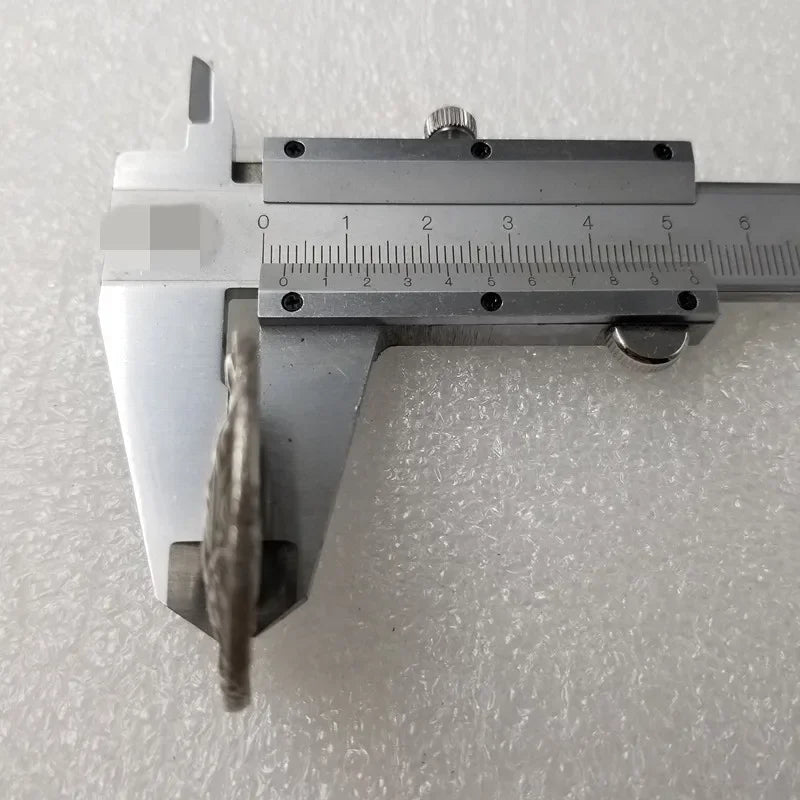Hello Caesar
Syracuse Tetradrachm Replica (c. 415–400 BC) – Quadriga & Arethusa
Syracuse Tetradrachm Replica (c. 415–400 BC) – Quadriga & Arethusa
- Secure Checkout
- 14-Day Easy Return
- Delivery within 15-30 days
Couldn't load pickup availability
This replica reproduces a silver tetradrachm from the Greek city of Syracuse in Sicily, struck around 415–400 BC during the Classical period. These coins are among the most admired in ancient numismatics for their artistry and historical importance.
Obverse (Front)
Shows a quadriga (four-horse chariot) racing to the left, driven by a charioteer holding reins and a goad. Above the scene, the goddess Nike flies in to crown the victor, symbolizing triumph and divine favor. Below, in the exergue, various symbols (such as arms or animals) may appear, linking the issue to a specific minting period.
Reverse (Back)
Depicts the nymph Arethusa, a local water deity associated with the famous spring in Syracuse. She is shown surrounded by four dolphins, representing the sea and Syracuse’s maritime power. In some issues, the engraver’s signature (such as Kimon or Euainetos) appears — marking these coins as masterpieces of classical Greek art.
Historical Background
- Syracuse, one of the wealthiest and most powerful cities of Magna Graecia, reached its artistic peak in the 5th–4th centuries BC.
- These tetradrachms were struck during the time of Syracuse’s wars with Athens and Carthage, when the city’s resources and pride were displayed through magnificent coinage.
- The quadriga highlighted the importance of chariot racing in Greek culture and linked Syracuse’s rulers to victory and prestige.
- The reverse celebrated Arethusa, reinforcing Syracuse’s identity as a city blessed by the gods and tied to the sea.
Share










